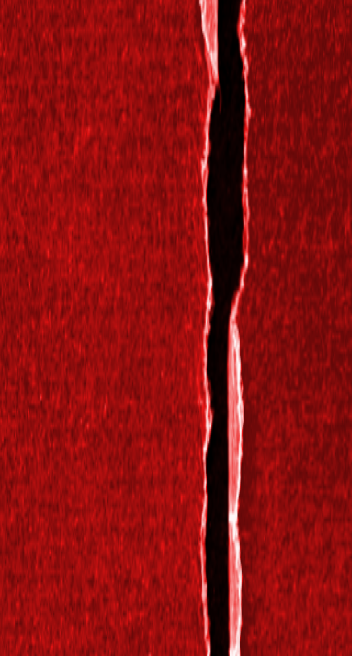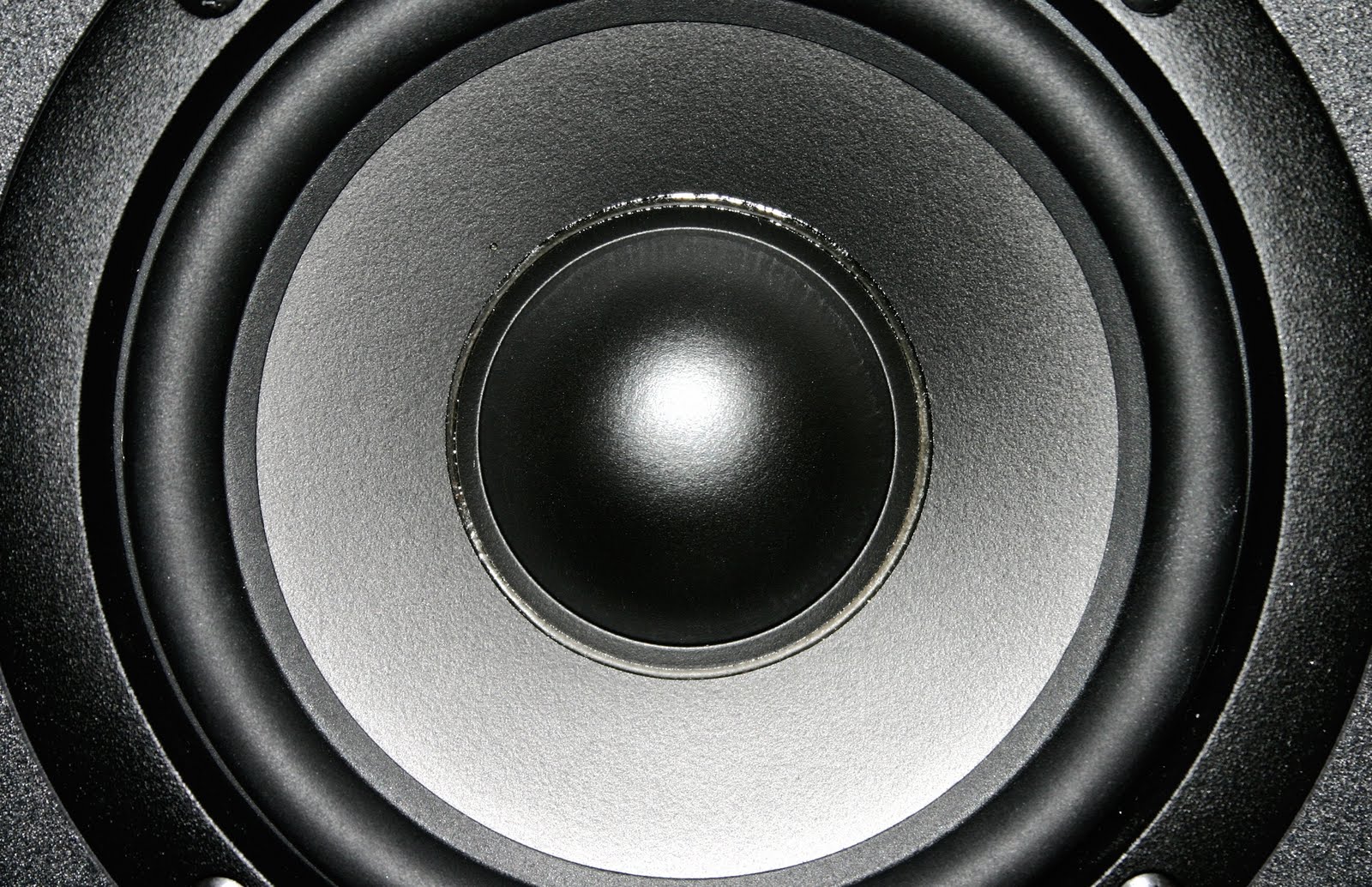Madhu Reddy, one of the resident filmmakers at Jaaga at the moment, has made a short feature on my work at Jaaga. This video shows the working process for 'Gravity':
Gravity (2011)
Gravity is an installation work inspired by Mark Rothko and the Seagram Murals. It was installed at Jaaga in June 2011 and was part of the Sound & Lights exhibition in Richmond Town.
What was important for me about Gravity was making a connection with viewers who spend time with the piece. The process of creation was very intuitive, and not pre-planned. In this way I feel the connection is somehow direct, and personal.
Reflections (2011)
Reflections is a 3D-sound installation created for the Jaaga artspace in Bangalore.
The piece is a kind of commentary on transience. The Jaaga building was to be torn down, and so the voices of core community members are given the freedom to rise up and float freely across the metallic structure. Each voice has it's own direction, it's own perspective, and it's own trajectory - united only by the common framework of the Jaaga space.
Jaaga Sound & Lights
The Sound & Lights exhibition at Richmond Town has been open almost a week now. I took some shots last night to share, and to give a sense of the show for those who can't be here.
From the outside you can see work by Tobias Rosenberger (the two video panels) and Pooja Mallya (the kinetic 'nest' at the top). This is the work that draws in passers-by and local residents who may not have been previously connected to Jaaga - it's clearly visible from the Hockey Stadium and up and down Rhenius Street.
Two Works for Jaaga: Gravity and Reflections
As we enter the final weeks of preparation for the show, a picture is beginning to emerge of the works I am producing.

My contribution will be two separate, related installation pieces. Both are a response to the milieu of the space, and to the fact that Jaaga is moving.
Cosm, Collision Detection and Volume
I searched today for a new 3D sound solution for Max/MSP, in a deliberate attempt to get away from Ambisonics and other 'sweet-spot'-inspired spatialisation techniques. Funnily enough, what I found led me back to a familiar name from Ambisonics - Graham Wakefield.
Vector-Base Amplitude Panning
I have been continuing the evaluation of different sound platforms for controlling sounds in the Jaaga space.
Alternative to Ambisonics
On a suggestion from Tobias, I looked into an alternative to Ambisonics called Vector-Base Amplitude Panning (VBAP). The name seemed to have a nice ring, because it sounded like it might be the kind of vector/panning solution I described at the end of the Going Further article.
